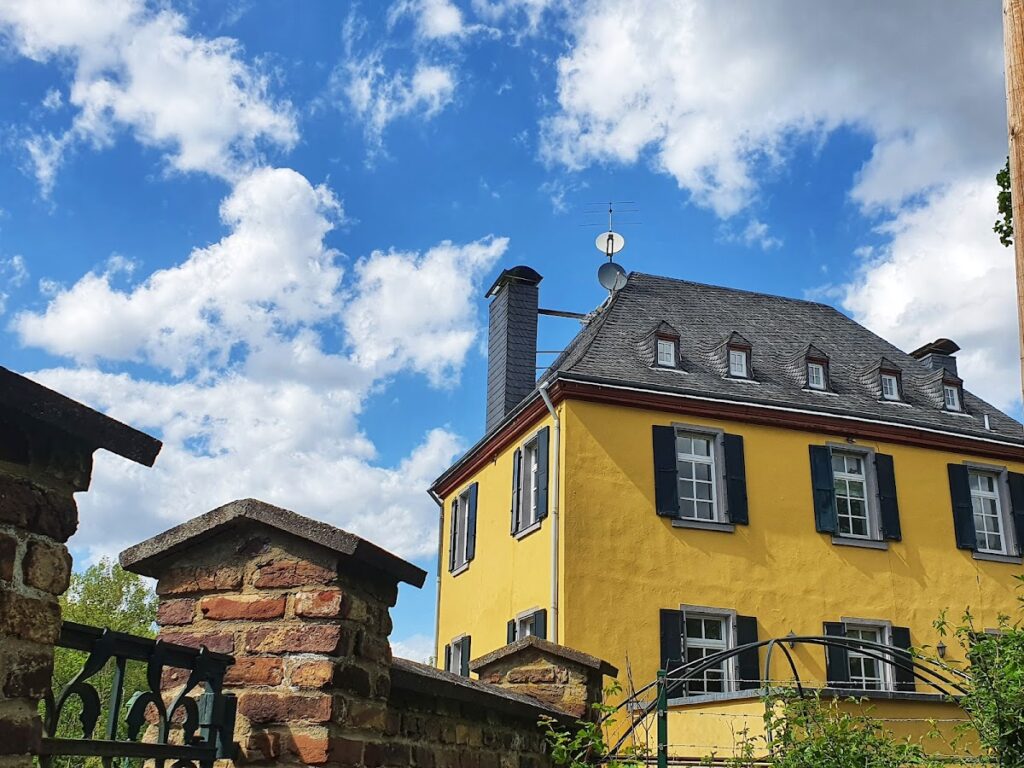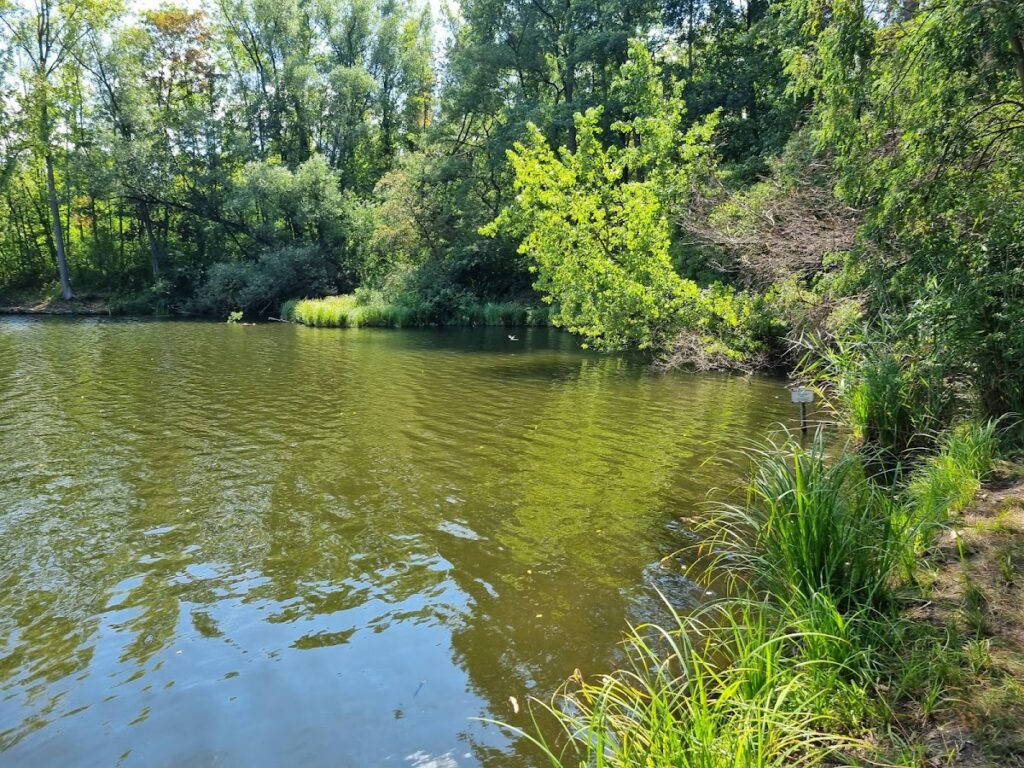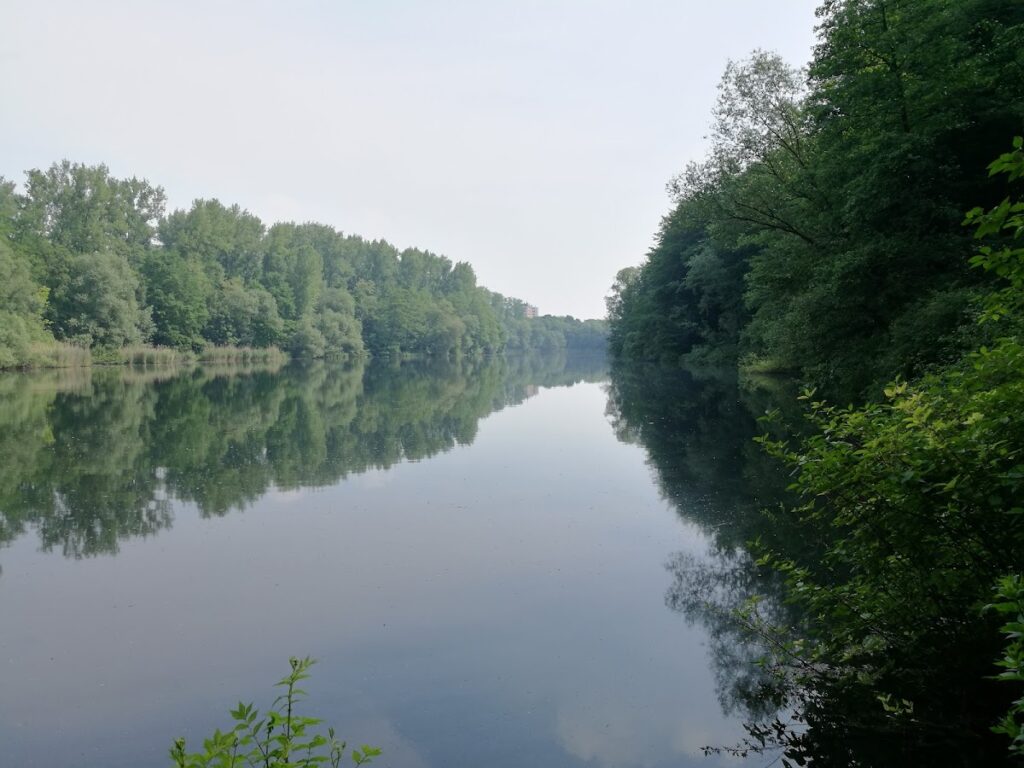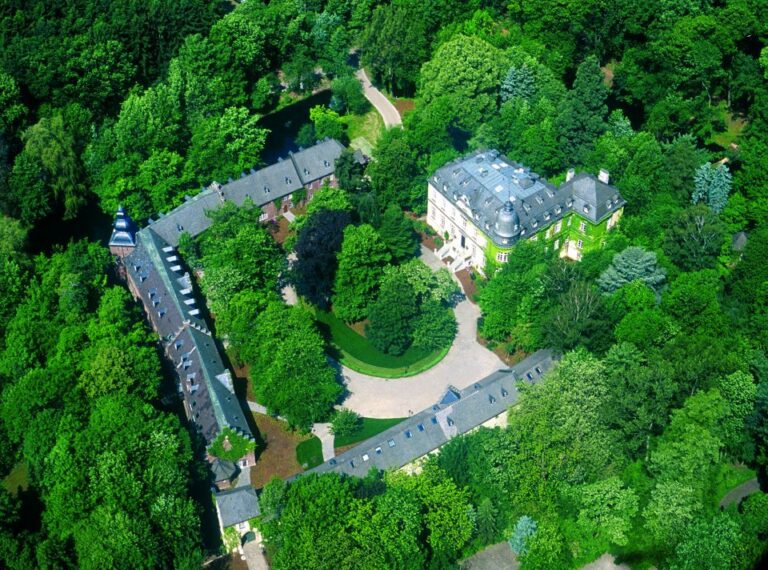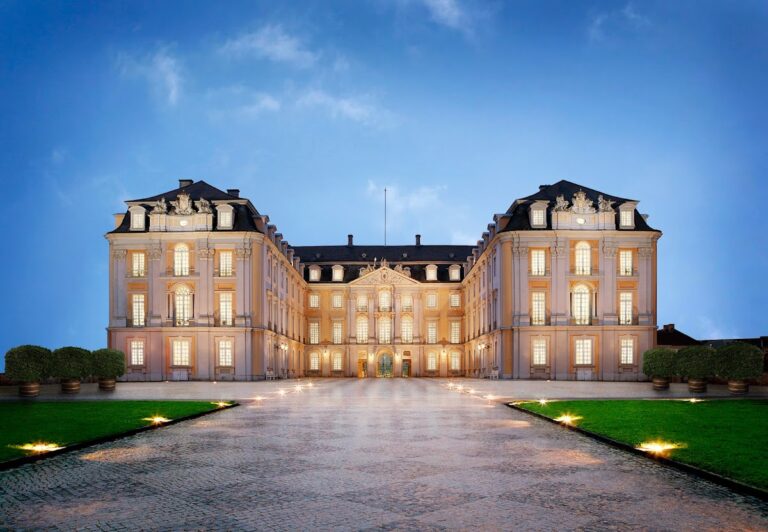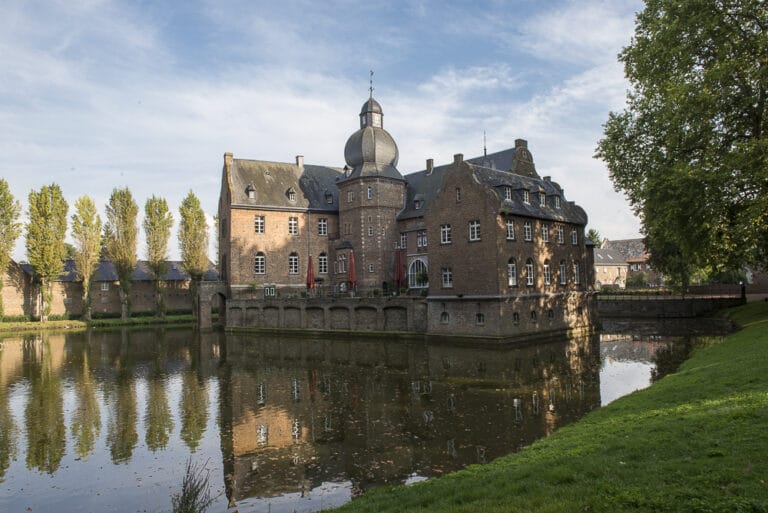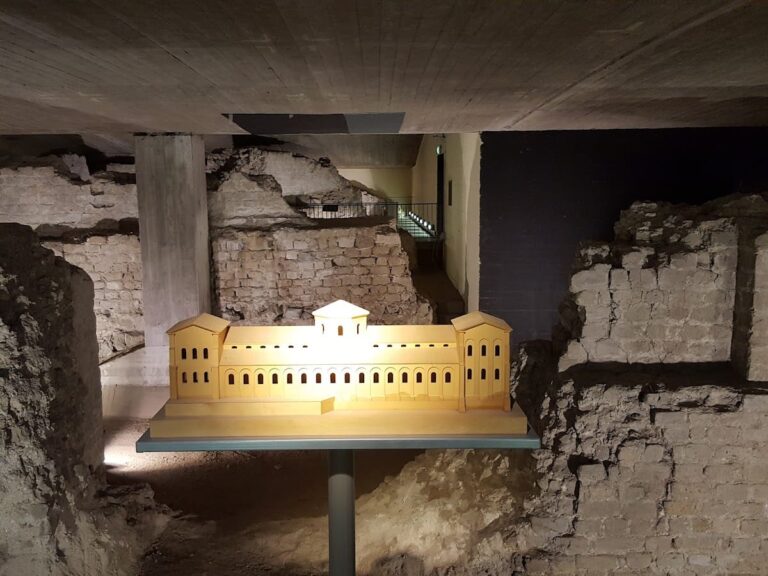Burg Schallmauer: A Baroque Manor House in Hürth, Germany
Visitor Information
Google Rating: 3.8
Popularity: Very Low
Google Maps: View on Google Maps
Country: Germany
Civilization: Unclassified
Remains: Military
History
Burg Schallmauer is located in the municipality of Hürth, Germany, and was established as a manor house during the Baroque period by German nobility. The site’s historical development reflects a succession of noble ownerships, military conflict, and industrial transformation over several centuries.
The origins of the estate trace back to the mid-16th century when Friedrich von Sachsen-Lauenburg, a canon affiliated with the Cologne and Bremen cathedrals, constructed a small country palace at this location. This early residence met destruction in 1673 amid the Dutch War, a conflict involving Dutch forces opposing France’s Louis XIV. Following this military devastation, ownership of the property transferred to the Cologne Cathedral chapter, which held it for some time. Subsequently, a member of the von Geyr family, also serving as a church canon, took possession and eventually passed the estate to Rudolf Adolf von Geyr.
In 1714, Rudolf Adolf von Geyr commissioned the present three-story manor house that defines the site today. This new Baroque-style building was erected on the foundations of the earlier palace, symbolizing a period of reconstruction after the wartime ruin. The name “Burg Schallmauer” evolved over the centuries from its origin linked to the noble Schall von Bell family, former owners of nearby land and residents of Burg Gleuel. Linguistically, the estate’s name shifted from “Schallmoor” to “Schallmauer,” reflecting historical changes in the region’s place names.
In the 20th century, the manor came under the ownership of the Roddergrube AG, a lignite mining company later known as Rheinbraun. During this industrial expansion, the nearby village of Aldenrath, consisting of twelve houses and inhabited by seventy-three people, was demolished to accommodate mining operations. Despite these extensive alterations, Burg Schallmauer was spared from destruction, standing intact while the surrounding village and the adjacent Burg Aldenrath, which was demolished in 1936, disappeared. Following the cessation of mining activities in the area, the neighboring village of Berrenrath was relocated in 1959 to the former site of Aldenrath.
The manor remained under corporate control until 1978 when it passed into private hands. In 1993, Helmut Thoma, a media manager born in 1939, acquired Burg Schallmauer, continuing its preservation into the modern era.
Remains
The surviving building of Burg Schallmauer is a three-story structure characterized by a plastered exterior and a restrained form typical of early 18th-century Baroque architecture. Constructed in 1714, it likely reflects the design influence of the Bonn court architect of that era. Positioned roughly 500 meters southeast of the former Aldenrath hamlet, the manor stands adjacent to the present-day relocated village of Berrenrath.
The manor’s construction utilizes traditional materials consistent with early 18th-century German manorial estates, primarily local stone and plaster finishes that contribute to its simple yet dignified appearance. The structure’s preservation is noteworthy given the widespread demolition in the area due to lignite mining during the 20th century. While specific decorative or inscriptional elements are not documented, the building’s well-maintained condition offers clear evidence of careful conservation efforts.
Today, Burg Schallmauer remains wholly intact on its original site, serving as an enduring architectural testament amid a landscape shaped by historical industry and community relocation. Its survival provides insight into the region’s noble heritage and contrasts with the vanished settlements that once surrounded it.

